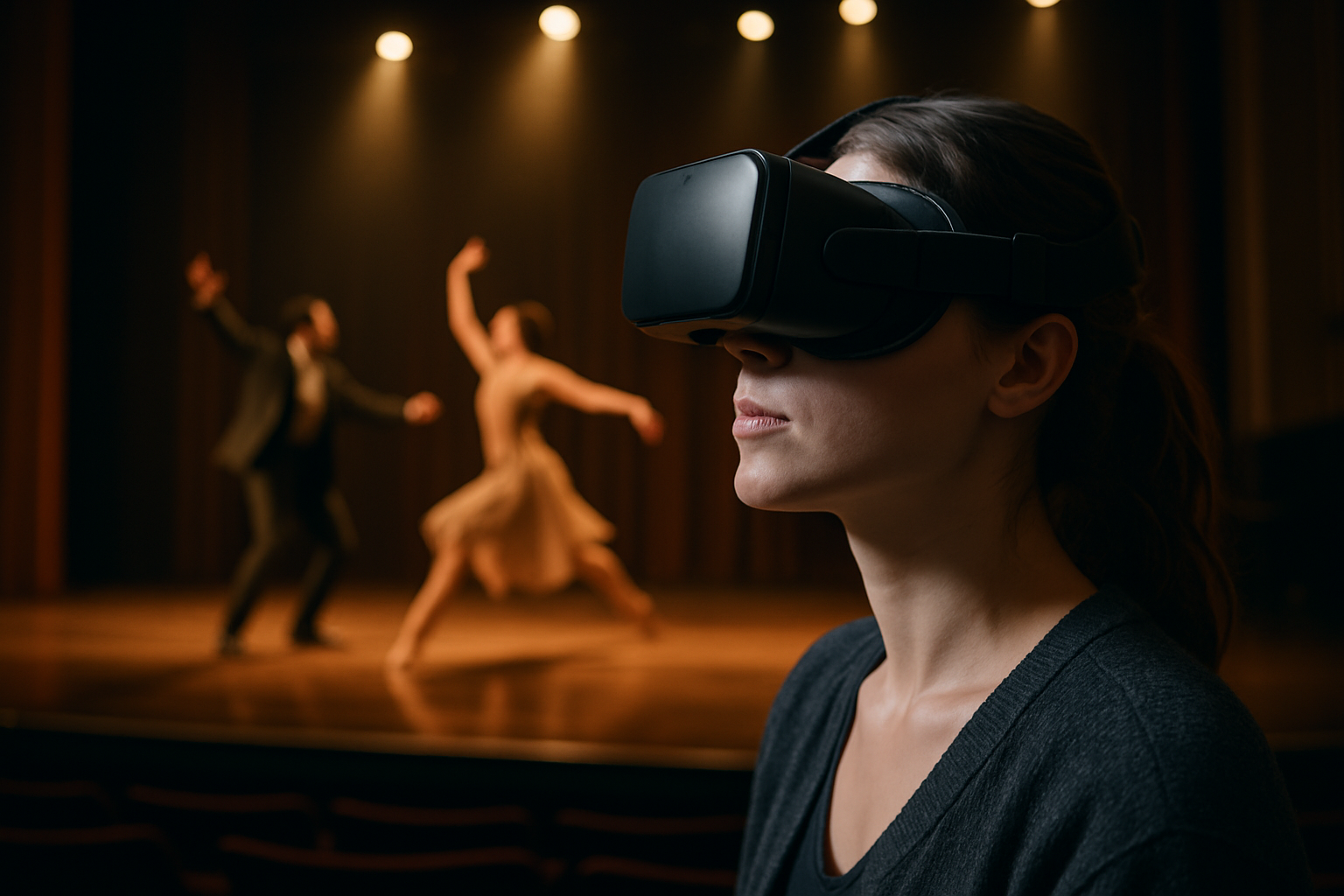Conserving live art: practical methods for short-lived performances
Live performances are inherently ephemeral, yet many creative teams and venues seek practical methods to preserve, share, and sustain short-lived works. This article outlines technical, curatorial, and organizational approaches—from documentation and streaming to licensing and collaborative hubs—that help creators retain artistic integrity while extending access and value.

Preservation strategies for live art
Recording is only one step in preservation. High-quality multi-camera video, ambisonic audio, and detailed production notes capture different dimensions of a performance. Time-based metadata, stage maps, lighting plots, and interviews with creators add context that makes recordings researchable and interpretable later. For immersive or site-specific pieces, 360° video or photogrammetry can document spatial relationships. Prioritize non-destructive formats and open codecs where possible, and store copies across geographically separated, secure repositories to reduce loss risk.
How can creators monetize short-lived work?
Monetization should respect the transient nature of live art while providing revenue for creators. Options include pay-per-view recordings, limited-time streaming windows, tiered access memberships, and licensing for educational or archival use. Bundling recorded material with program notes, behind-the-scenes interviews, or score and script files increases perceived value. Clear licensing terms that preserve performance rights and specify permitted uses protect creators when content is redistributed by venues, festivals, or streaming platforms.
How to improve accessibility for performances
Preservation plans should embed accessibility from the start: captioning, descriptive audio tracks, and transcript creation make archived performances usable by a wider audience. Metadata describing accessibility features helps curators and platforms surface appropriate content for users with disabilities. For immersive works, consider tactile documentation or descriptive spatial narratives. Accessibility increases both social value and the potential audience for monetized archives, and should be budgeted into documentation workflows.
What role does collaboration play in conserving live art?
Partnerships among creators, venues, festivals, and cultural institutions multiply resources and expertise. Creators bring artistic intent; venues offer technical capacity; archives provide preservation standards; festivals offer context and distribution. Collaboration supports licensing agreements that clarify rights for recorded and derivative works, and enables shared funding for documentation technology. Cooperative models, such as pooled storage or rotating curatorial residencies, help smaller artists access professional archiving practices without bearing full costs alone.
How can curation, data, and AI assist archiving?
Curation frames how archived performances are presented and interpreted. Structured metadata and standardized taxonomies make collections searchable and interoperable. Data-driven tools can auto-tag recordings for performers, themes, or techniques, while AI-assisted audio and video indexing speed up cataloguing. Use AI cautiously: automate routine tasks like speech-to-text or scene segmentation, but retain human oversight for sensitive interpretive decisions and rights management. Maintain provenance records so future researchers can assess editorial choices in curation.
| Provider Name | Services Offered | Key Features/Benefits |
|---|---|---|
| Library of Congress (US) | Archival preservation, digital collections, guidance on formats | Long-term digital preservation standards, access for researchers |
| British Library (UK) | Theatre and performance collections, sound and moving image archiving | Specialist curatorial expertise and public collections |
| New York Public Library for the Performing Arts (US) | Collections, performance recordings, research services | Extensive theater and dance archives, public access facilities |
| National Performance Network (US) | Support for contemporary performing artists, resource networks | Grants, professional development, connections between artists and venues |
Prices, rates, or cost estimates mentioned in this article are based on the latest available information but may change over time. Independent research is advised before making financial decisions.
Practical hubs and venues for ongoing access
Local festivals, community arts centers, and university departments often act as hubs that sustain access to short-lived works. These institutions can host screenings, maintain digital repositories, and curate thematic collections that keep performances in circulation. When negotiating with hubs or venues, clarify rights for future streaming, educational use, and archival display. Consider rotating exhibitions or festival retrospectives to recontextualize earlier pieces and introduce them to new audiences.
Sustainability and long-term stewardship
Sustainable preservation balances environmental, financial, and cultural concerns. Choose efficient storage strategies, such as tiered storage that keeps frequently accessed files on faster systems and archives older assets on cost-effective media. Factor in ongoing costs for migration and maintenance when planning documentation budgets. Encourage open licensing where appropriate to facilitate reuse, while protecting creators’ moral and economic rights. A clear stewardship plan with assigned responsibilities increases the likelihood that short-lived performances remain discoverable and meaningful over time.
Conserving live art involves technical documentation, thoughtful curation, legal clarity, and collaborative networks. By combining robust recording practices, accessible formats, clear licensing, and partnerships with archives and hubs, creators and institutions can extend the life and impact of performances without erasing their ephemeral character.





